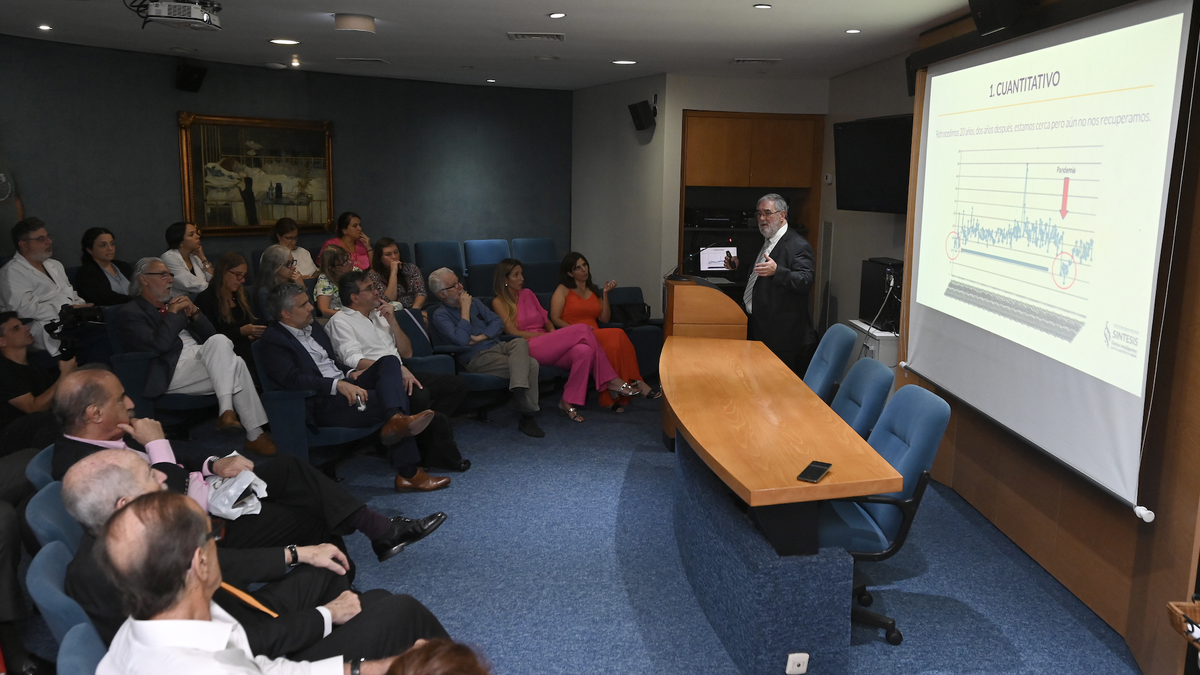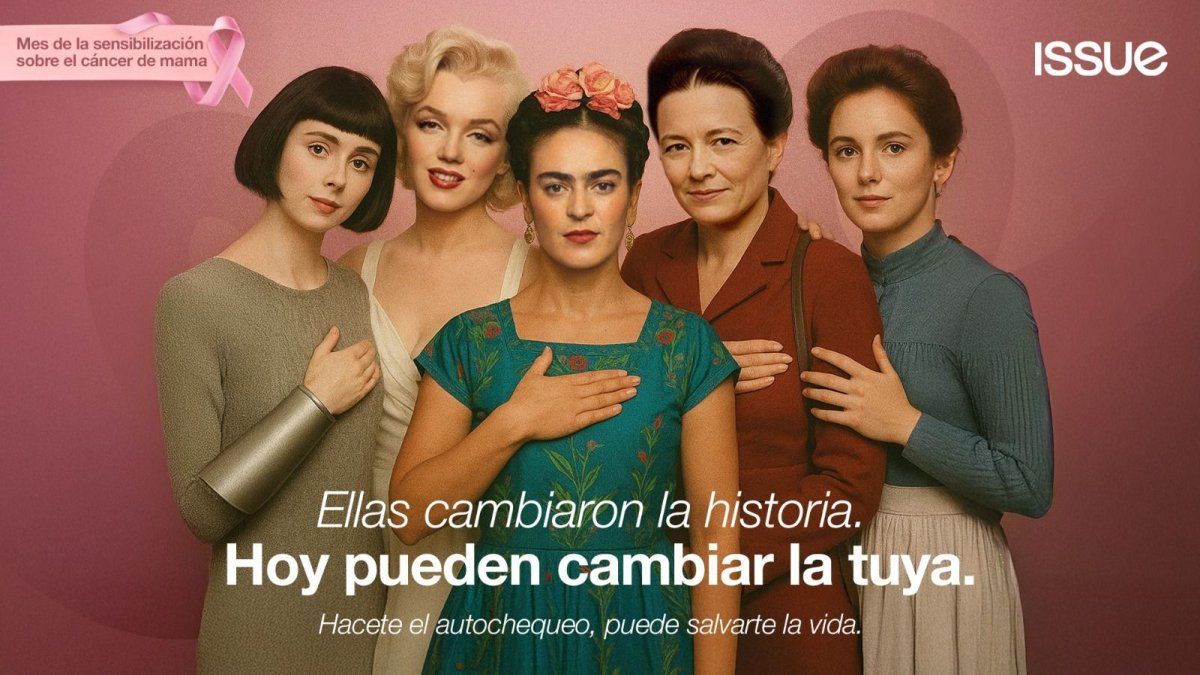He Henry Moore Cancer Institute (IOHM) He warned about the lack of diagnosis of thousands of new cancer patients and assured that the pandemic delayed the detection of patients in Argentina by 20 years.
Within the framework of the closing of the celebrations for the 25 years of the IOHM, the first Cancer Observatory of the country with information and own analysis of more than 53,800 patients, beneficiaries of social security and treated in the organization for two and a half decades, presented its first report named “Impact of the pandemic on cancer patients.”
The report reveals the study of the impact of the pandemic by comparing the frequency of new tumors in the years prior to March 20, 2020 (pre-pandemic), new cases assisted between March 20, 2020 and March 19, 2021 (pandemic ) and the new ones from March 20, 2020 to the present (post-pandemic)
Among the main findings, the following stand out:
- During the pandemic we went back 20 years in the diagnosis of new cancer patients.
- The impact of Covid-19 on the decline of early stages of cancer has not yet been fully recovered.
- There are probably more than 1,500 cancer patients in CABA and Greater Buenos Aires, who do not know it and have not carried out the prevention studies recommended for their diagnosis, despite the accessibility they have to them.
- The impact on cancer survival and cure of the year of the pandemic will be seen in five years of follow-up, but it is likely to be worse than previous years.
With an audience made up of the organization’s medical and research team and friends of the house, among representatives of national social works and strategic allies, the event featured the words of Federico PederneraUndersecretary of Epidemiological Surveillance, Information and Health Statistics of the Ministry of Health of the Nation; Daniel Maceiradirector of the Health MBA at the University of San Andrés; Ernesto Gil Deza, Director of Teaching and Research of the Institute; and Daniela GercovichDirector of the IOHM.
Synthesis Presentation .png
As the speakers agreed, the observatory represents a significant milestone in the continuous search for knowledge and solutions for the oncology community. And “SYNTHESIS” aims to improve accessibility and equity through the generation of intelligent data for health management. “This is the most robust database that exists in our country among patients who have social security coverage,” he highlighted. Daniela Gercovich.
During the pandemic, 60% of cancer patients were treated
However, the figures presented raised alarm bells. For example, The study detected a quantitative decrease in new cases. Of an annual average of 2,500 patients per year in the years prior to the pandemic, only 1,398 (60%) were treated. In the three subsequent years, 2,200 were registered. This reveals that we are approaching, three years later, the number of new patients of previous years, but we have not yet achieved it,” the work highlighted.
Where are the missing patients?
At the time of the questions and answers, they were asked Where are the missing patients? and they responded: There are several possible explanations. “One of them is that this could be interpreted as the socio-economic impact of the pandemic, job losses and migration of patients from the social security system to the public system. But we think that the magnitude of the decrease cannot be fully explained by this phenomenon. “It is possible that there are about 1,500 cancer patients who have not completed the recommended prevention studies and are underdiagnosed.”they maintained.
“We have gone back 20 years in the diagnosis of new cancer patients,” he said. Ernesto Gil Deza when submitting the report. “The pandemic affected our population from a quantitative point of view and reduced new patients by almost half. From a qualitative point of view, the patients who arrived did so with more advanced tumors, with worse general condition and whose survival expectations were worse than before the pre-pandemic,” he pointed out. Gil Deza, and warned that to reach this diagnosis it was key to have our own data, “which provides consolidated information in a prospective manner, for 12 consecutive years, of 28 thousand middle class patients with registered work and accessibility to the health system, among them 18 and 60 years old.”
The main conclusions of the study on cancer patients
The study stated that it is “It is expected that the population treated for cancer during the pandemic will have, in the next five years, worse survival: fewer tumors in situ, more advanced tumors, younger patients and in worse general condition.”
Likewise, he warned that three years after the year of quarantine and isolation, the previous values of new patients are just returning to the previous values, although they have not yet recovered. “According to our estimates, there are approximately 1,500 patients in the populationamong the beneficiaries of the social works that we assist, who may have a diagnosis of cancer and do not know it, because they have not gone to the doctor or have not carried out the prevention studies that they usually did,” they concluded.
Pandemic Cancer Report Henry Moore Institute
Source: Ambito
I am an author and journalist who has worked in the entertainment industry for over a decade. I currently work as a news editor at a major news website, and my focus is on covering the latest trends in entertainment. I also write occasional pieces for other outlets, and have authored two books about the entertainment industry.




